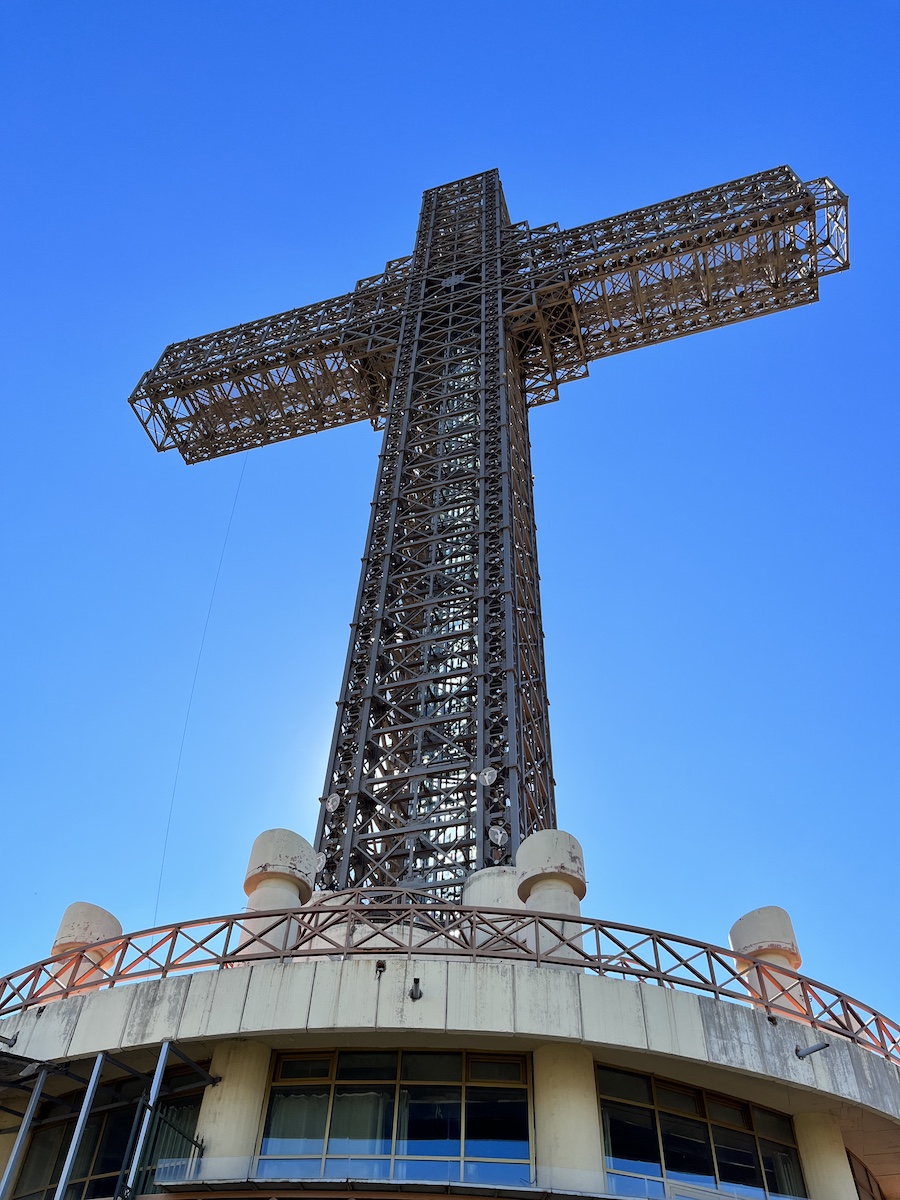If you’re fascinated by towering structures and architectural marvels, you may be curious to know which buildings dominate Skopje’s cityscape.
In this article, we’ll take you on a comprehensive journey through the tallest buildings in Skopje, providing you with an overview of their impressive heights, unique designs, and notable features.
From the iconic landmarks that have become symbols of the city to lesser-known gems that add character to the urban landscape, we’ll showcase the magnificent structures that reach for the skies in Skopje.
Whether you’re an architecture enthusiast, a curious traveler, or a local seeking a new perspective on your city, join us as we explore the heights and grandeur of Skopje’s tallest buildings.

| Building | Height (ft) | Height (m) |
|---|---|---|
| Cevahir Towers | 466 | 142 |
| Cevahir Tower A | 427 | 130 |
| MRT Center | 230 | 70 |
| Towers Karpos IV | 175 | 55 |
| Soravia Center | 121 | 37 |
Building 1: Cevahir Towers – 466 ft (142 m)

Known as the Cevahir Towers, these skyscrapers are currently the tallest buildings in Skopje and Macedonia.
With 42 floors, they tower at 466 ft (142 m) in height and offer a distinctive feature to the Skopje skyline.
Building 2: Cevahir Tower A – 427 ft (130 m)
The second tallest building in Skopje is also part of the Cevahir complex.
Cevahir Tower A reaches a height of 427 ft (130 m) and plays an essential role in shaping the city’s architectural landscape.
Construction of the impressive Cevahir complex began in 2011 and was completed in 2020.
The Turkish company Cevahir Holding, through its Macedonian subsidiary Turk-Mak, invested in these towers.
Building 3: MRT Center – 230 ft (70 m)

Prior to the construction of the Cevahir Towers, the MRT Center held the title of the tallest building in Macedonia.
While its exact height is not mentioned, it remains one of the most iconic structures in Skopje.
Building 4: Towers Karpos IV – 175 ft (55 m)

Located in the Karpoš IV neighborhood, the Towers Karpos IV is another remarkable structure contributing to Skopje’s skyline.
Although their exact height is not provided in our research, we estimate their height to be around 175ft.
Building 5: Soravia Center – 121 ft (37 m)

The Soravia Center completes the list of the top 5 tallest buildings in Skopje.
The exact height of the other buildings, apart from the Cevahir complex, is not mentioned in the search results.
Nevertheless, it plays a vital role in defining Skopje’s skyline.
Bonus Mentioned: The Millenium Cross

So as you can see, the undisputed tallest buildings in Skopje are the Cevahir Towers.
These four skyscrapers stand at 142 meters (466 feet) tall, with each tower housing 42 floors.
But there’s also the iconic Millennium Cross, which is a 66-meter-high (217-foot) memorial cross.
It was erected in 2002 to commemorate 2,000 years of Christianity throughout the world. The structure is located at 1,066 meters (3,497 feet) above sea level, providing a breathtaking view of the surroundings.
Architectural Styles and Influences
In Skopje, a variety of architectural styles and influences can be observed throughout the city.
One of the most prominent structures representing the city’s skyline is, of course, the modern and luxurious Cevahir Towers.
In contrast, Skopje also has a rich history of modernist and brutalist architecture as a result of the massive earthquake that struck the city in 1963.
This devastating event led to the rebuilding of the city with the help of renowned architects from around the world, who contributed to the development of many modernist and brutalist buildings that still stand today.
Examples of such architecture include the Central Post Office, designed by architect Janko Konstantinov, and the National Bank of Macedonia building.
These structures make use of raw concrete and geometrical shapes, reflecting the brutalist architectural style.
Furthermore, Skopje’s architectural landscape has been influenced by the diverse groups of people who have settled in or controlled the territory of modern-day North Macedonia throughout history.
Byzantine architecture can be seen in religious buildings such as the Monastery of St. Naum, adding to the city’s diverse architectural tapestry.
Another unique structure worth mentioning is Porta Macedonia, which reflects the more recent nationalist architectural style present in Skopje.
This guide was first published on May 15, 2023 and was last updated on February 27, 2024. For more information, please contact us at contact@skopjeguide.com.